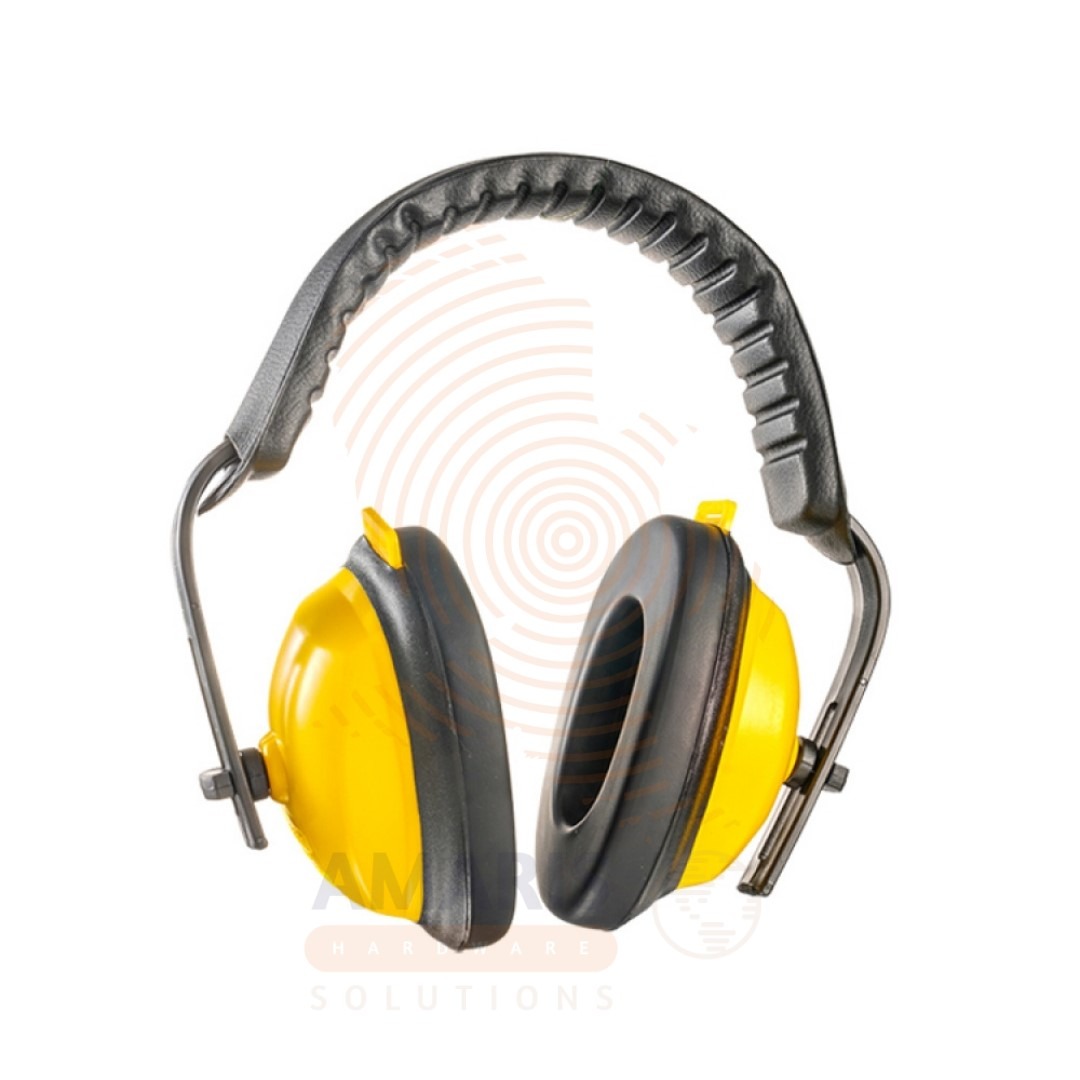BUILDING AND CONSTRUCTION, MANUFACTURING & INDUSTRIAL, SECURITY & SAFETY
Ear Muffs ( minimum 12 pieces)
Whatsapp Order
Ear muffs are a type of personal protective equipment designed to cover and protect the ears from noise, cold weather, or both. Typically consisting of two padded ear cups connected by a band that goes over the head, ear muffs are worn to reduce the intensity of loud sounds and to provide insulation against cold temperatures, ensuring the wearer’s comfort and safety in various environments.
KSh 12,200.00 KSh 12,700.00
Ear Muffs Uses
- Hearing Protection in Industrial Settings: Workers in noisy environments, such as construction sites, factories, or manufacturing plants, use ear muffs to protect their ears from prolonged exposure to loud machinery and equipment.
- Occupational Safety: Professionals in sectors like aviation, forestry, and landscaping wear ear muffs to safeguard against the noise generated by aircraft engines, chainsaws, and other loud equipment.
- Shooting and Hunting: Ear muffs are often worn by shooters and hunters to protect their ears from the loud sounds of gunfire, helping prevent hearing damage caused by repeated exposure.
- Concerts and Entertainment Events: Attendees at concerts, music festivals, and other live events use ear muffs to reduce the impact of loud music and prevent potential hearing damage.
- Recreational Shooting and Sports: Individuals engaging in recreational shooting, as well as participants in sports with loud noises (such as motorsports), use ear muffs to protect their hearing.
- Sleeping and Noise Reduction: Some people use ear muffs while sleeping to block out ambient noise, promoting a more restful sleep environment.
- Cold Weather Protection: In addition to their role in hearing protection, ear muffs with insulation properties are commonly worn in cold weather to keep the ears warm.
- Airport Ground Crews: Workers on airport tarmacs and runways wear ear muffs to protect their ears from the noise generated by aircraft engines during takeoff and landing.
- Motorcycling: Motorcyclists may use ear muffs to reduce wind noise and protect their ears from the loud sounds associated with riding at high speeds.
Concentration and Study: Some individuals use noise-canceling ear muffs to create a quiet and focused environment for studying, working, or concentrating in noisy surroundings.
Safety Measures and precautions
- Proper Fit:
- Ensure that the ear muffs fit snugly over your ears, forming a tight seal. Loose or improperly fitted ear muffs may not provide adequate protection.
- Correct Type for the Environment:
- Choose ear muffs with the appropriate Noise Reduction Rating (NRR) for the specific environment in which you are working. Different settings may require different levels of noise protection.
- Regular Inspection:
- Inspect ear muffs regularly for any signs of wear, damage, or deterioration. Replace them if you notice cracks, tears, or other issues that may compromise their effectiveness.
- Maintenance:
- Keep ear muffs clean and well-maintained. Follow the manufacturer’s instructions for cleaning and storage to ensure their longevity and optimal performance.
- Use in Accordance with Instructions:
- Read and follow the manufacturer’s instructions for proper use and care of the ear muffs. Pay attention to any specific guidelines regarding adjustments, cleaning, and storage.
- Limit Exposure Time:
- Be mindful of the recommended exposure time for wearing ear muffs in noisy environments. Prolonged use may lead to discomfort or other issues, so take breaks when necessary.
- Communication Awareness:
- If using ear muffs in a workplace where communication is essential, be aware of your surroundings. Use additional communication methods, such as hand signals or visual cues, to compensate for reduced hearing.
- Combine with Other Safety Measures:
- In situations where multiple safety measures are necessary, such as in industrial settings, combine the use of ear muffs with other protective equipment, such as safety glasses or helmets.
- Comfort Considerations:
- Choose ear muffs that are comfortable to wear for extended periods. Discomfort may lead to improper use or reduced effectiveness.
- Regular Hearing Checks:
- Schedule regular hearing checks to monitor your hearing health. If you notice any changes or discomfort, consult a healthcare professional.
- Understand Limitations:
- Recognize that ear muffs have limitations and may not completely eliminate all sounds. Be aware of your surroundings and take additional precautions when necessary.






Brian Trevor –
Efficient and reliable.
Brian Trevor –